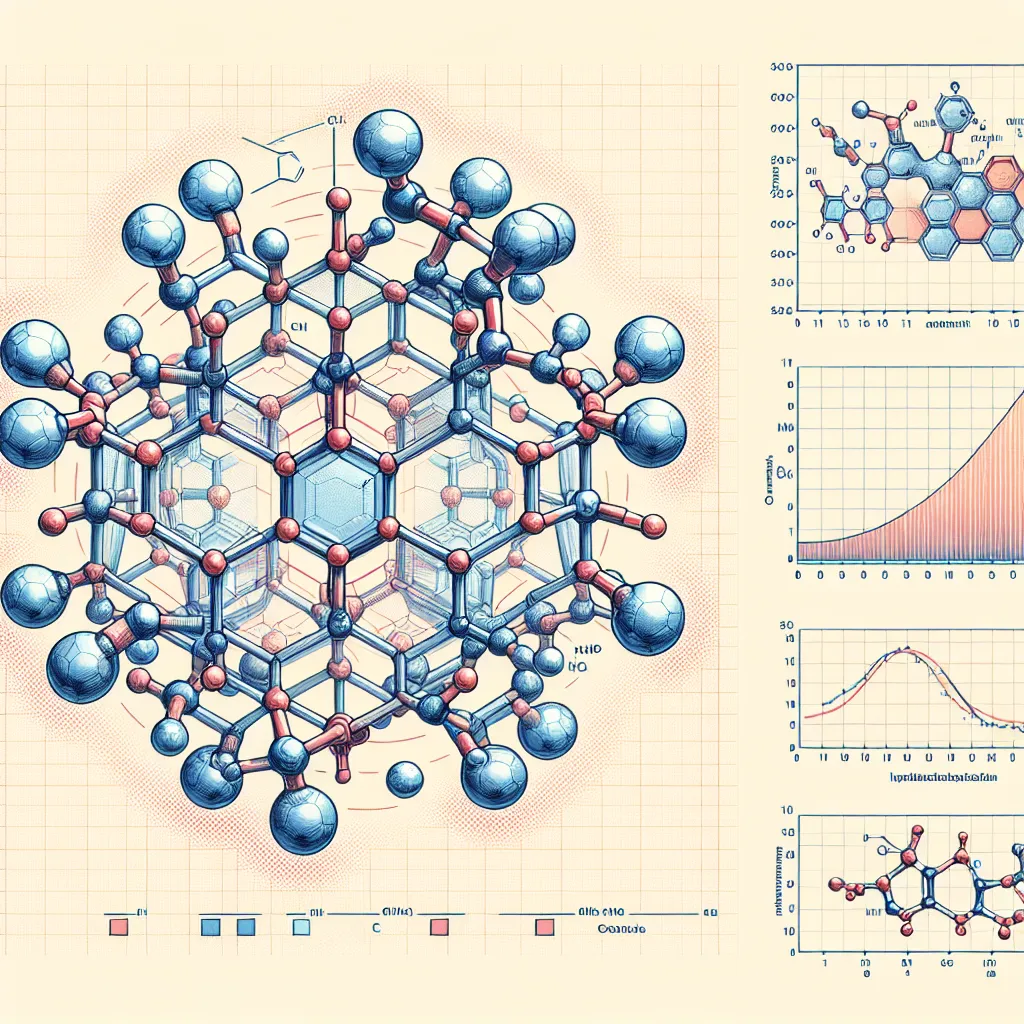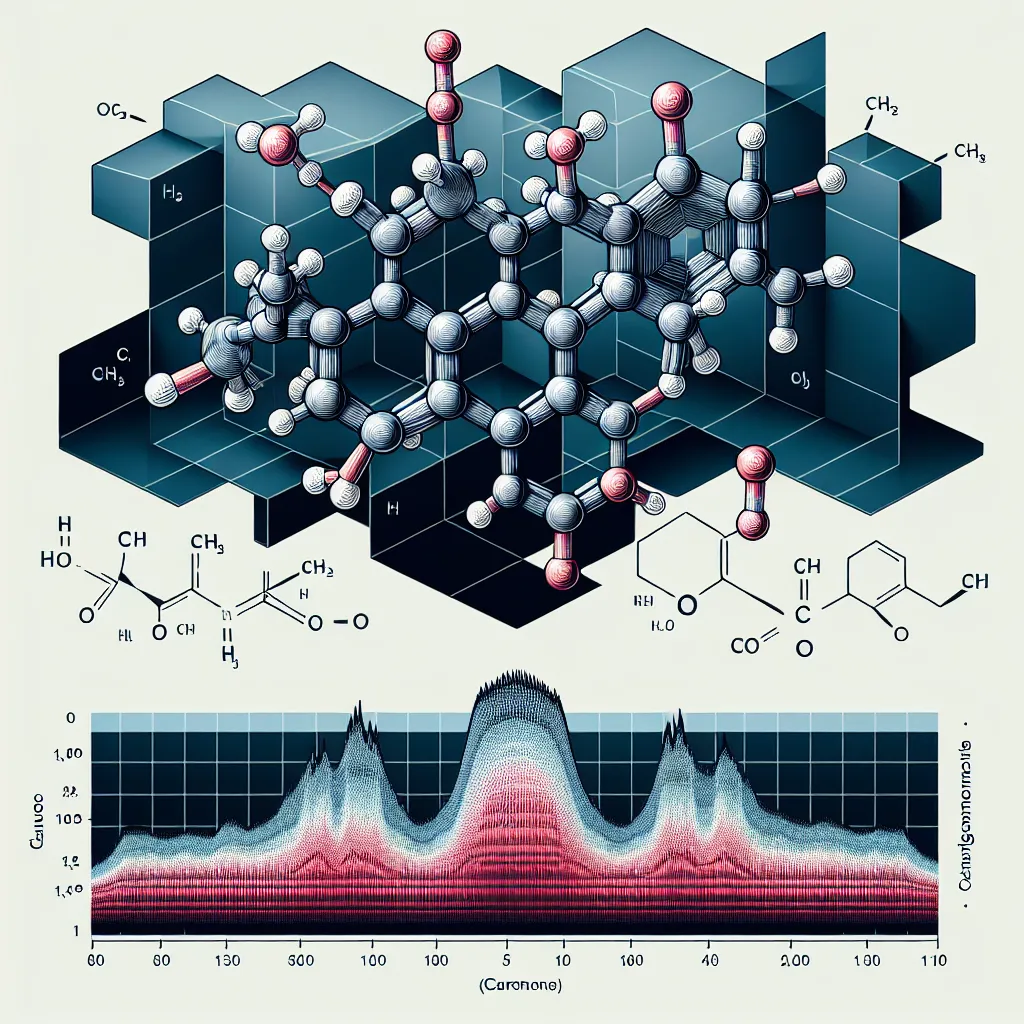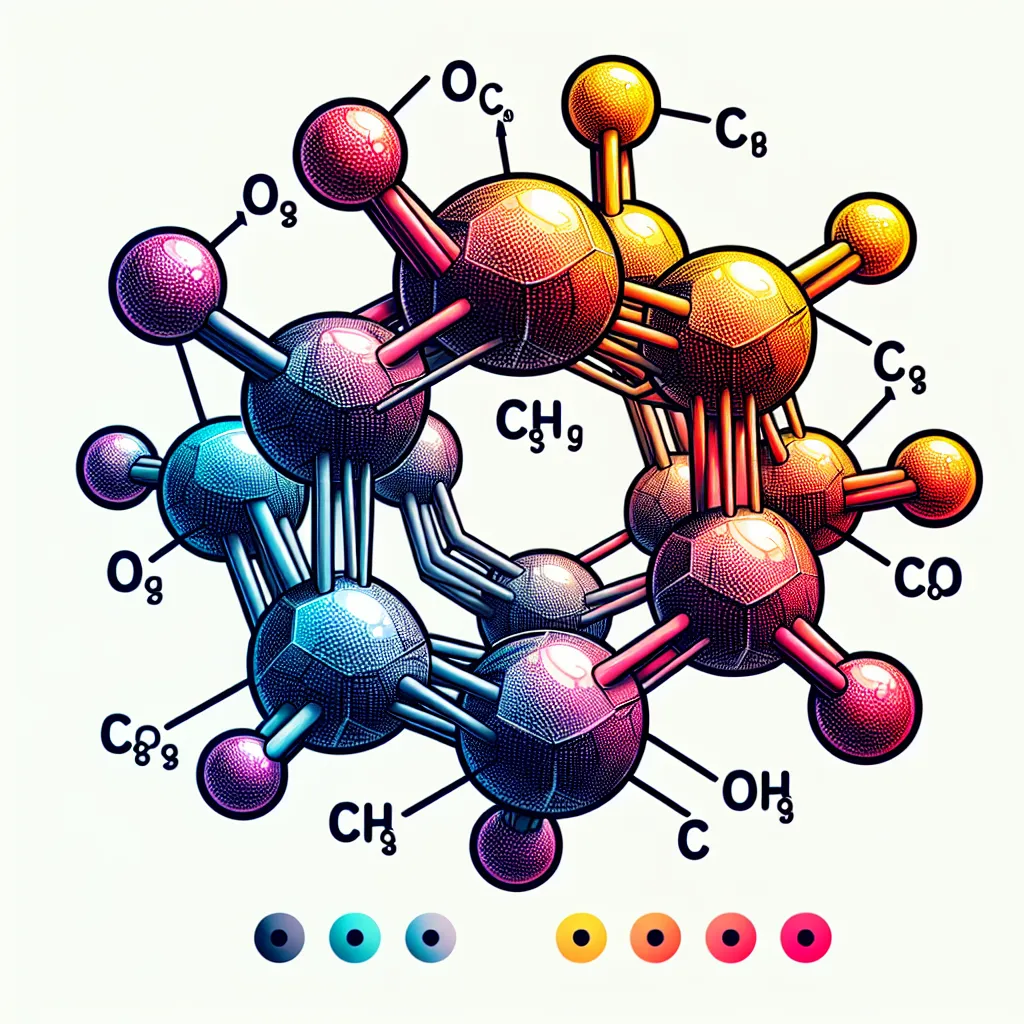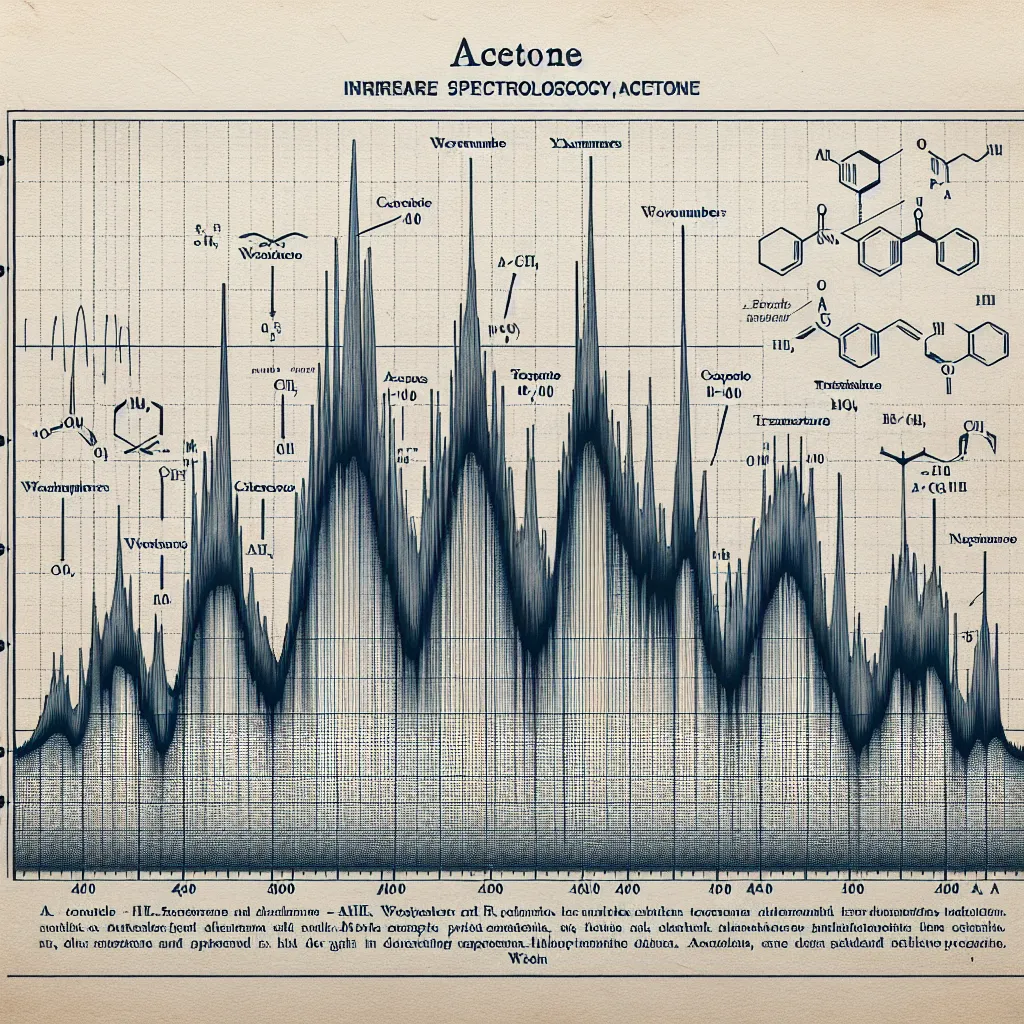Ask AI on The Internet
Interpreting infrared (IR) spectroscopy results for cyclohexanone involves identifying characteristic absorption bands that correspond to specific functional groups in the molecule. Cyclohexanone is a six-membered cyclic ketone with the chemical formula C6H10O. Here are some key absorption bands you would typically observe in an IR spectrum of cyclohexanone: 1. **Carbonyl Stretch (C=O):** - This is the most prominent peak for cyclohexanone. - You should see a strong, sharp absorption band around **1715 cm^-1**. This is indicative of the carbonyl (C=O) stretching vibration. 2. **C-H Stretching:** - The sp3 C-H stretching vibrations appear in the range of **2850 to 2950 cm^-1**. - These bands correspond to the hydrogen atoms attached to the carbon atoms in the cyclohexane ring. 3. **C-H Bending (Deformation):** - Bending or deformation vibrations of the sp3 C-H bonds appear around **1350 to 1480 cm^-1**. 4. **Fingerprint Region:** - This region, which ranges from **600 to 1450 cm^-1**, contains various absorption bands due to the complex bending and stretching vibrations of the carbon skeleton and other bonds. - Specific bands in this range can give more detailed information about the structure of cyclohexanone. When analyzing the IR spectrum, compare your results with known characteristic absorption bands for various functional groups. For cyclohexanone, the key is to look for the strong carbonyl stretch and the typical C-H stretching frequencies. Here's a step-by-step approach to interpret the IR spectrum of cyclohexanone: 1. **Identify the Strongest Peaks:** - Look for the most intense band around 1715 cm^-1 (carbonyl stretching). 2. **Examine the C-H Stretching Region:** - Check for multiple peaks in the 2850-2950 cm^-1 range. 3. **Analyze the Fingerprint Region:** - Identify other characteristic peaks between 600-1450 cm^-1 that match the expected vibrational modes for cyclohexane-related structures. By confirming the presence of these key peaks, you can confidently conclude that the IR spectrum corresponds to cyclohexanone.
Think your answer is better than the AI's? Post it below.
Question Tags
If you want your question answered by an AI, click here.







Post your own comment: